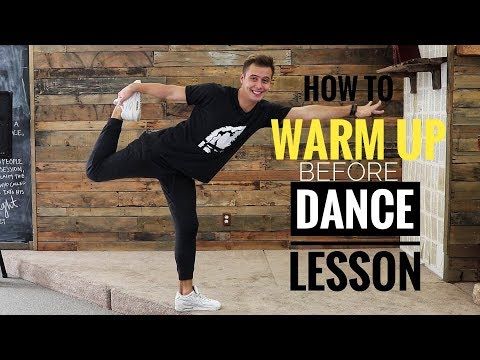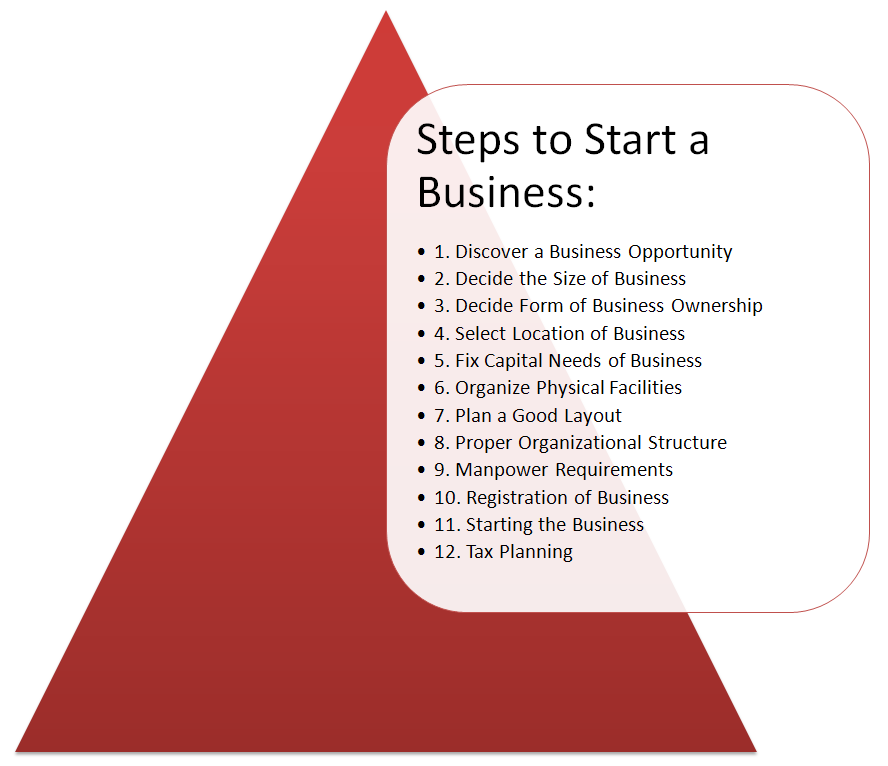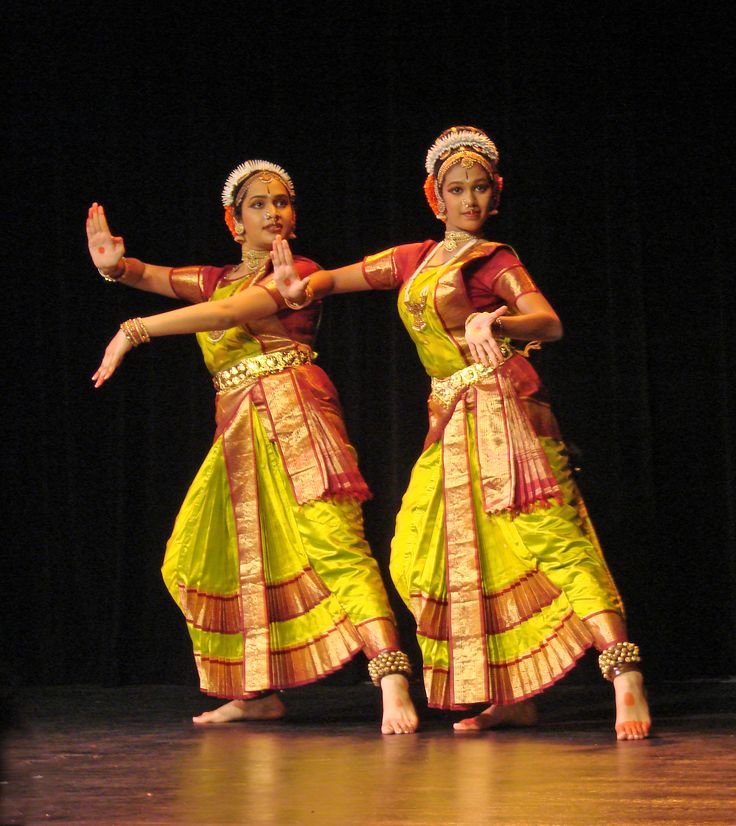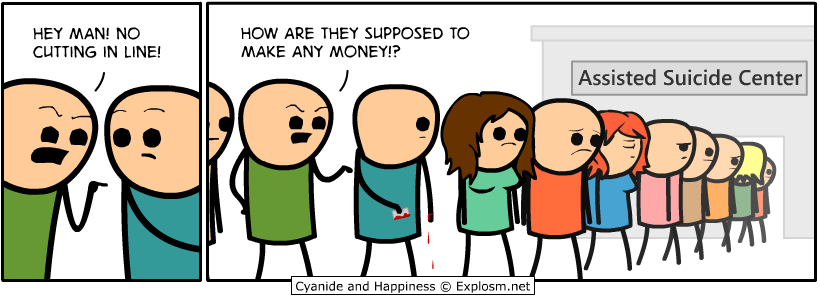How to get into ballroom dancing
How Do I Get Started With Ballroom Dance Lessons?
Subscribe Today!
FAQ: How Do I Get Started With Ballroom Dance Lessons?
Answer: Without question, the best way to start with ballroom dance lessons is to learn in a dance studio. As easy as it may seem, dancing can, unfortunately, be miscategorized as an activity that is only for those born with "dance skill", which couldn't be further from the truth. The road to ballroom dance skills begins with finding a studio, scheduling an appointment, and taking your first steps onto a dance floor, and into a world much more accessible than you may have once thought.
Reputation over ConvenienceWhen looking for the right dance studio, it is essential to find one that has a great reputation, first and foremost. Sites like Yelp, and Google Reviews, make that much easier and more accessible than ever. While it may be easy to go with an option that is close to your home or office, a reputable school that is a further drive will create a much better experience in the long run, than a convenient school that isn't.
Being Real About ResourcesCompare this to your favorite restaurant, a great hair salon, or your favorite kid-friendly museum - there are places that are worth the drive because they deliver a memorable experience.
No amount of alcohol, faking it, or "feeling the music" can take the place of instruction from a professional instructor in a reputable dance studio. Unfortunately, many of these situations have to be experienced, in embarrassing fashion, for corrections to be made.
The Truth About Dance VideosIf this were a game of golf, driving a car, or cooking a meal for dinner guests - the same advice would be true. There's a reason why there will always be some that struggle with any given activity, and that reason usually was the result of a decision to dismiss the idea of lessons.
There are resources like manuals and videos, but instruction works best when it is a collaborative and interactive process.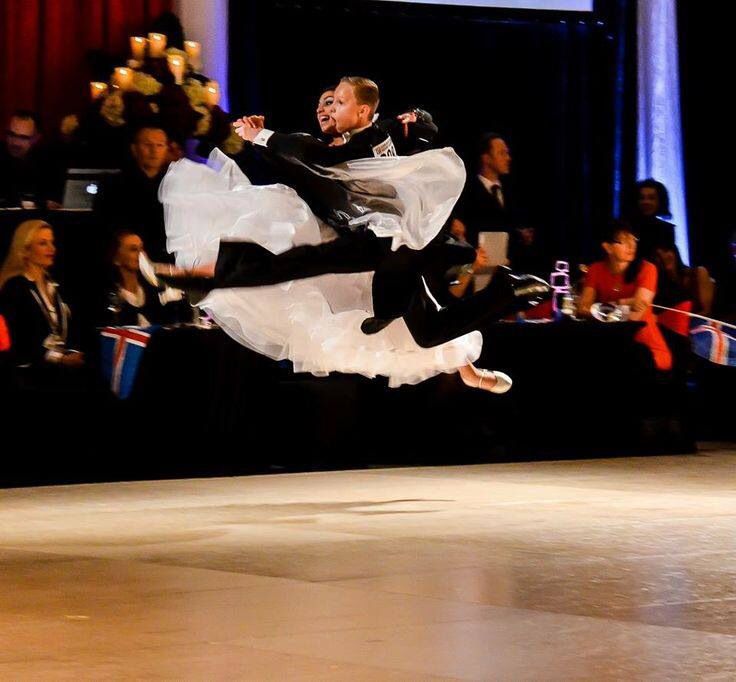 Beginning with consistent private lessons will develop a foundation in your dance skills, and muscle memory to make them an eventual habit.
Beginning with consistent private lessons will develop a foundation in your dance skills, and muscle memory to make them an eventual habit.
Since ballroom isn't an activity that people generally grow up doing, it's important to try out a lesson before making any purchasing decisions. Any product, not just ballroom dance lessons, has no value if you lack interest or experience in it. This is precisely why most studios will start with a complimentary lesson. So you, the prospective student, can see and feel the value first hand before making any commitment of time or resources.
The First StepsYour first steps into your first dance lesson may take a bit of courage. It's a new activity, and it may have all the same adrenaline spiking attributes as walking in to your first day of a new job, a new gym, or a new school. As is the case with most things outside of your comfort zone, there are internal rewards for crossing the physical threshold of your chosen dance studio.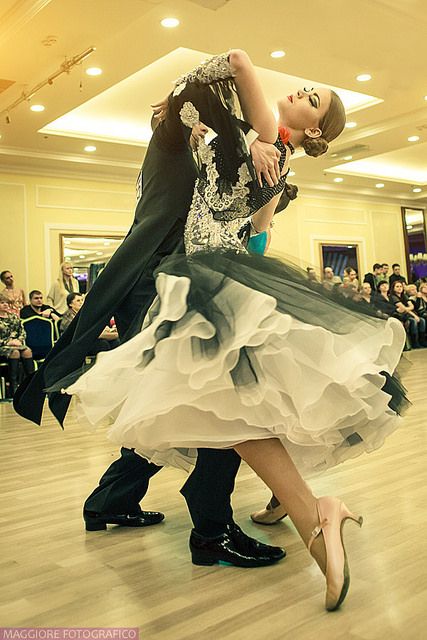
Next Article: Should I Choose Private Lessons or Group Classes?
| Answers to Difficult Ballroom Dancing Questions | |
| The Side Effects of Ballroom Dancing | |
| Ballroom Dancing Wounds and How to Recover From them | |
| Are You a Ballroom Dancing Conspiracy Theorist? | |
Subscribe to Updates
Popular Posts
Recent Posts
POSTS BY TOPIC
SALT LAKE CITY
389 West 1830 South Suite 500,
Salt Lake City, Utah 84115
801.413.0100
More Info
Hayward
22445 Foothill Bld,
Hayward, CA 94541
510.537.8706
More Info
Livermore
1947 2nd St.
Livermore, CA 94550
925.456.5556
More Info
Redwood City
344 Walnut St.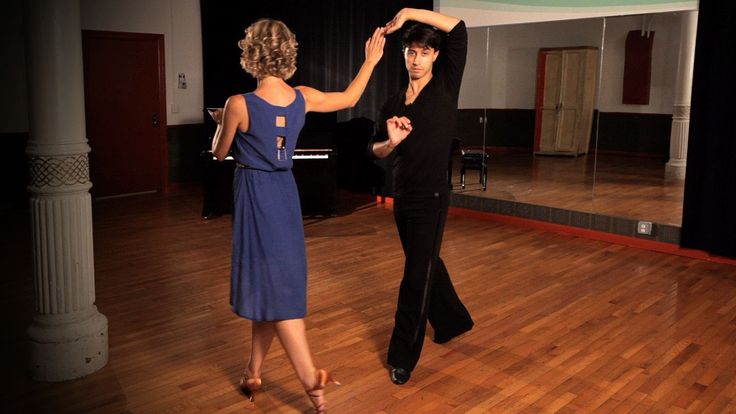
Redwood City, CA 94063
650.216.7501
More Info
Walnut Creek
1536 Newell Ave,
Walnut Creek, CA 94596
925.301.4123
More Info
San Francisco
211 Austin St,
San Francisco, Ca 94109
415.530.2776
More Info
San Rafael
1654 2nd Street Suite B,
San Rafael, California 94901
415.578.4901
More Info
extravaganza'19
Buy Your Tickets Here!
How to Get Started Dancing
GeneralThe vast majority of new dancers will remain social dancers all of their life and will reap many benefits from this activity. A competent social dancer is always welcomed and in great demand at social events.
Besides the valuable social benefits of dancing, your participation in a regular program of ballroom dancing will produce significant mental and physical health benefits. Dancing is a great stress reliever. It stimulates the brain. It builds confidence, alertness and a good attitude.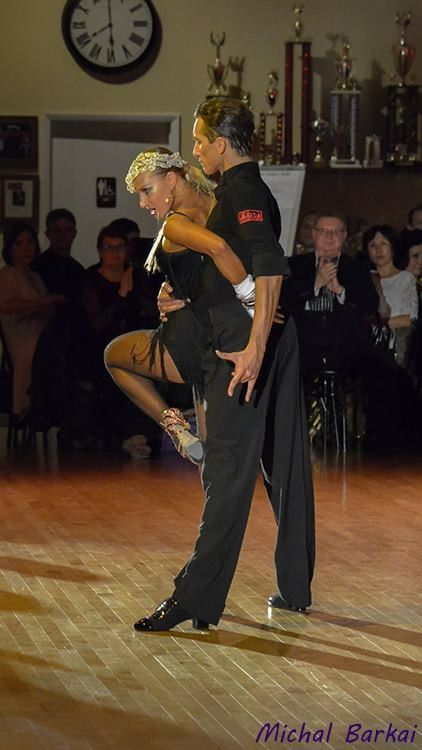 It also has been proven to be a great physical benefit as it physically tones the whole body in enjoyable exercise. In summary, dancing will add a new and very beneficial dimension to your life.
It also has been proven to be a great physical benefit as it physically tones the whole body in enjoyable exercise. In summary, dancing will add a new and very beneficial dimension to your life.
So, how do you get started as a social dancer? The first step, determine if there’s a USA DANCE INC Chapter in your area. If so, you can attend a chapter social dance, introduce yourself to one of the chapter officers and ask for help in getting started as a ballroom dancer. They will be happy to help you get started on the right foot and become familiar with options in your area for instruction and social dance opportunities.
Chapters have frequent social dances and most of them start with a one-hour dance lesson. Many chapters offer affordable weekly group dance lessons, especially for beginners. Those classes will be an excellent place to commence your dance training. You will learn rapidly and will have the time of your life while learning.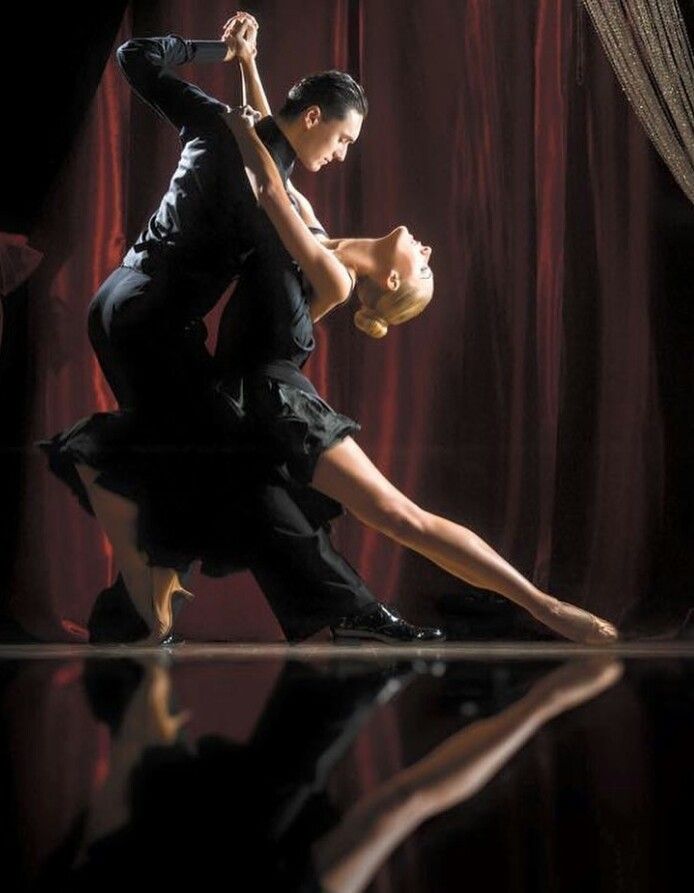
The Newsletters issued by chapters include useful information regarding local studios and independent dance instructors that offer group ballroom dance classes and private instruction for beginners.
If there is no USA DANCE INC Chapter in your community, do not despair! Many colleges provide ballroom dance classes as part of their continuing education programs. Also, the programs of many city or county recreational departments include ballroom dance classes. Some organizations such as the YWCA, Community Centers, Elks or Moose Lodges offer dance lessons to their members and guests.
Your best approach will be to seek out opportunities to take group lessons in the particular dance in which you are interested. The Calendar of Events and Entertainment sections of your local newspaper may provide information on scheduled dance classes and other dance events.
If your budgets permits, and you are so inclined, a local commercial dance studio will be happy to arrange a full program of private lessons, group lessons, weekly dance parties, trips to special dance events, etc. The local USA DANCE chapter and your new dancing friends are a good resource for obtaining information on pricing and quality of instruction, as these often vary from one place to another.
The local USA DANCE chapter and your new dancing friends are a good resource for obtaining information on pricing and quality of instruction, as these often vary from one place to another.
Selection of Your Instructor
Your most important decision after you decide to become a social dancer is the selection of your instructor. The instructors now working with your local USA DANCE chapter are a good source of qualified instruction.
Chapter Newsletters usually include a list of the local dance studios and independent instructors.
Ask each prospective instructor for a resume, including professional tests and examination credentials certifying the level of teaching qualification attained by that instructor. Such credentials, when accompanied by actual experience in teaching beginner dancers, such as yourself, offer a good measure of assurance that you will not waste your time and money learning things that at a later stage you will need to relearn.
Dance StylesIt is often a good idea to start with group lessons in the American style Bronze syllabus. This will give you a basic foundation for social dancing that will be useful all of your life. The odds are that after you become involved in group classes and witness dancing events, you will soon “pick” a favorite dance or dances in which to seek special training.
This will give you a basic foundation for social dancing that will be useful all of your life. The odds are that after you become involved in group classes and witness dancing events, you will soon “pick” a favorite dance or dances in which to seek special training.
Ballroom dance includes any dance performed with a partner. However, it is not necessary to have a regular partner when you first start dancing. Most group classes accept singles and you should not hesitate to commence without a partner.
However, if you already have a partner, it will be best that you learn together. You will quickly find that learning to dance together adds an entirely new and beneficial dimension to your relationship.
Private Lessons Versus Group ClassesWhich are best? It depends on you and your budget. Private lessons are more expensive but they also provide individualized attention that can greatly speed up the learning process.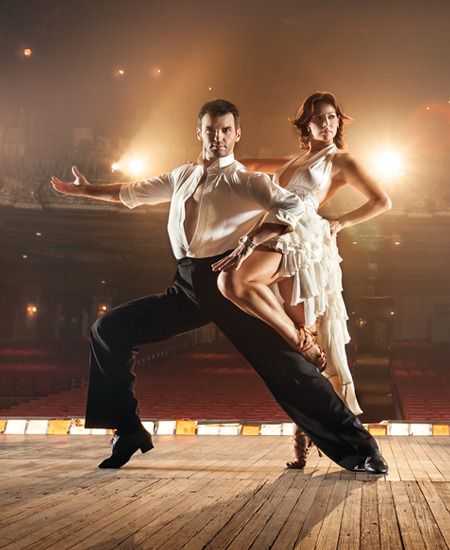 On the other hand, group lessons are inexpensive and are a good way to try out a variety of dances and meet new friends.
On the other hand, group lessons are inexpensive and are a good way to try out a variety of dances and meet new friends.
Most beginner dancers find the environment of learning together as a group stimulating, challenging and lots of fun. Also, group classes provide social interplay and the opportunity to both meet and dance with other beginners. We recommend that you start your adventure into the new and joyful world of social dance by attending group classes with other beginners.
Some beginner dancers may feel the need for more privacy as they strive to untangle two left feet. In such cases, a few private lessons may give them the confidence to then join a group class.
If you are taking group lessons and find you are unable to keep up with the group, miss some lessons or are having difficulty with a particular figure, it may be advisable to purchase a few private lessons and use them to catch up with your classmates. Group lessons tend to focus on steps and patterns rather than on technique, so a private lesson every few weeks to refine technique can be quite beneficial and enhance your progress.
Some studios and some independent dance instructors ask students to sign a contract for a specified number of lessons with a price that may include private lessons, group lessons, dance parties, workshops, dance weekends, cruises, etc. Just remember, none of it is free and you may not need or be able to take advantage of, or be able to afford all that is in such packages.
The best approach is to learn the basics of dancing without becoming involved in formal contracts, at least until you are familiar with what is offered in your community, what your needs are and what your budget allows. There are many excellent independent instructors and studios that offer dance instructions on a pay-as-you-go basis with no formal contracts. Seek them out and use their services whenever possible. USA DANCE chapters are normally familiar with the wide range of instructors in their service area and can help you do that.
Key ElementsBecoming a good dancer always includes three key elements; expert instruction, practice and frequent use of what you are learning. If your training program does not include an appropriate amount of all three you will be wasting much of your time and money.
If your training program does not include an appropriate amount of all three you will be wasting much of your time and money.
Take a few minutes each day to practice what you have been working on in class. Spend 15 minutes each day to focus your mind and body on executing the figures to reinforce the learning process and give you the confidence to then apply those skills in a social dance setting.
Last, its vital that you attend a social dance at least once each week and put into use the things you have learned. Remember! “You use it or lose it!”
The PayoffIt will not happen overnight but as you learn and put into practice the things you learn in class your confidence in your dance abilities will increase and you will begin to capture the joy of dance. Soon other dancers will be seeking you out and asking you to dance with them. You will have arrived!
A Special RequestPlease copy this article and give it to all who are interested in learning to ballroom dance.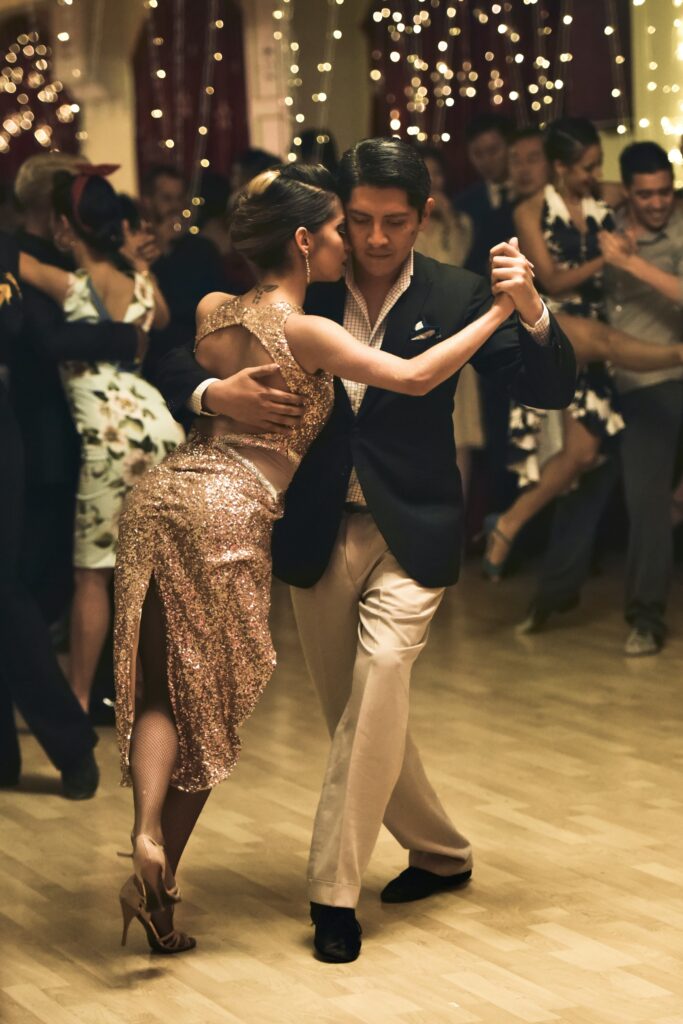 Urge them to give it a whirl! Tell them that dancing will add zest and joy to their lives.
Urge them to give it a whirl! Tell them that dancing will add zest and joy to their lives.
Are you a youth or college student? If yes, please visit Youth and College Dancers for information on special programs that may be available to you.
For new parents. Sports ballroom dancing.
Still dancing. I decided to write what I comprehended for a long time and slowly myself - the basics of sports ballroom dancing. I write for parents like myself. For parents who can't figure out what's going on. For parents whose head is spinning from the amount of information that needs to be learned.
Do I advise anyone to enroll their child in ballroom dancing? Of course no.
1. expensive
2. time consuming
3. "takes off" many weekends
4. it's hours of waiting
5. take pity on your nerves!
Let's say you enroll your child in ballroom dancing.
At first, the child only has group lessons twice a week.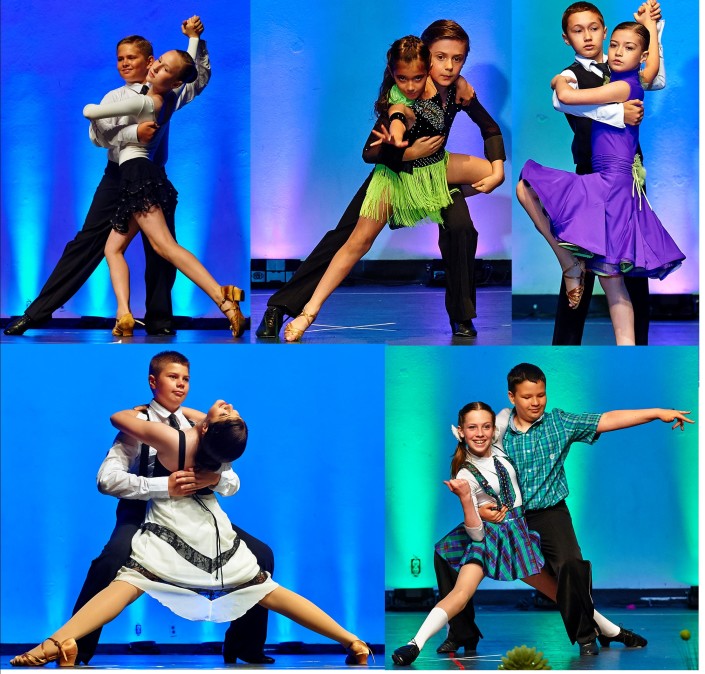 If the child is small, they are taught to dance:
If the child is small, they are taught to dance:
5 years old
children's polka, ducklings, disco
6 years old
slow waltz, Berlin polka, disco
7 years and older
slow waltz, cha-cha-cha and polka
All clubs teach the same steps. These are the steps required for attestation. For children, the tournament is equal to certification. But there are also certain programs, such as the Six Steps of Mastery (but more on that later).
When your child has learned the first steps, the coach says it's time to participate in tournaments.
Tournaments.
After your child's performance, DO NOT FORGET to take a printed PAPER (looks like a ribbon) that says how many points your child scored, who was the main judge, where the event took place, how many couples there were, your child's number. Glue the paper into the tournament book! If there is no book yet, DO NOT throw away the paper, paste it later!
Your child advances to the next level when the coach decides.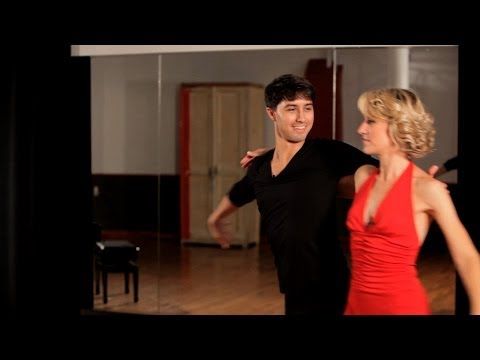 Or when you score 100 points in tournaments.
Or when you score 100 points in tournaments.
DON'T FORGET TO TAKE WATER! Children though to drink! and a chocolate can be useful - it does not overload the stomach before a performance and gives a small boost of energy :)
At tournaments, you should always have pins with you to pin your number, because pins are not always sold.
At the beginning of the year, the coach usually collects money and makes an athlete's book. If the book is ready for the first tournament, don't forget to take it with you. If the book is not ready yet, do not forget to take the birth certificate of the child or your passport, where the child is recorded.
Don't forget to find out the name of the coach and the name of the club!
You arrive an hour before the start. You buy an entrance ticket for yourself, a child, and if you want, you can also buy a cup of one dance, but this is not necessary. For example, the Polka Cup.
After buying a ticket, you go and register the child, they give you a number.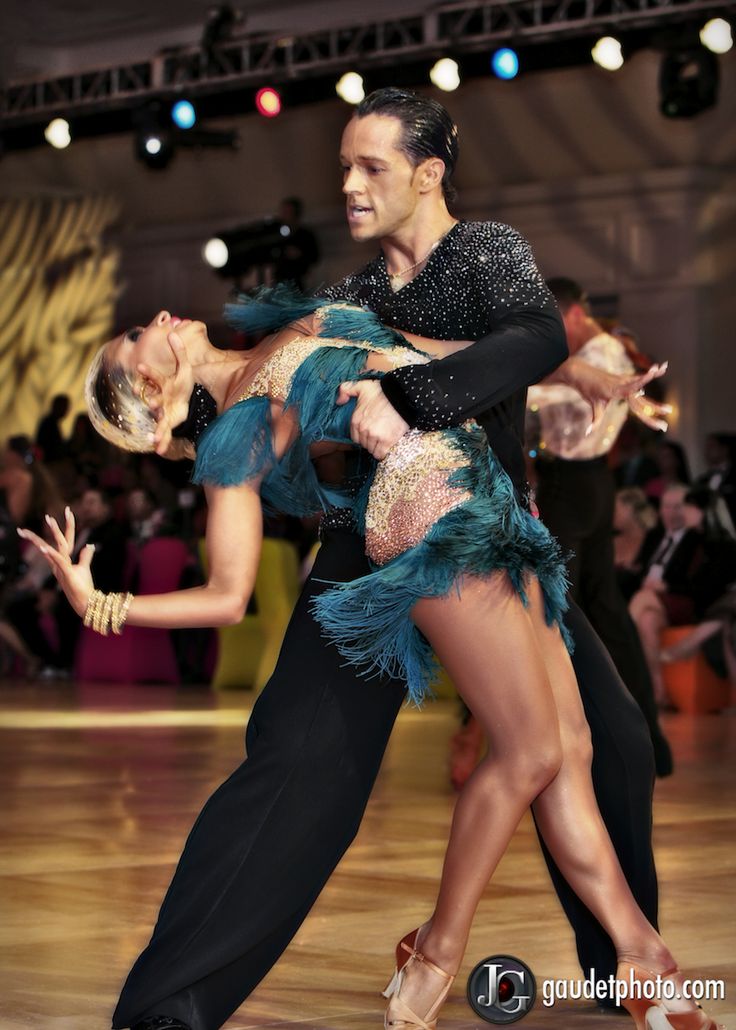 Dressing up a child:
Dressing up a child:
girl
flesh-colored tights, sandals, white swimsuit, black skirt or (if allowed, rating dress), a bun on the head (nail polish must be without sparkles, no make-up)
boy
white long-sleeved shirt, black trousers, black tie or bow tie, black socks and black dancing shoes
and pin the number on the child's back.
Tournaments usually feature solos, couples and cups. For kids, the program is called:
Baby 1 and Baby 2
For children from seven years old and older
H3, H4 ... H6 - by the number of dances performed.
H6 is followed by classes E, D, C, B, A. A class is the highest. Behind him is a master of sports.
At tournaments, your child dances his program. Judges evaluate the child on a three-point system. The highest score for one dance is 3 points. The lowest is 1. Sometimes the judge may not give a mark at all. Highest score in H3 - 9points. That is, 3 dances, three points for each. Sometimes children who scored 9 points dance again H3.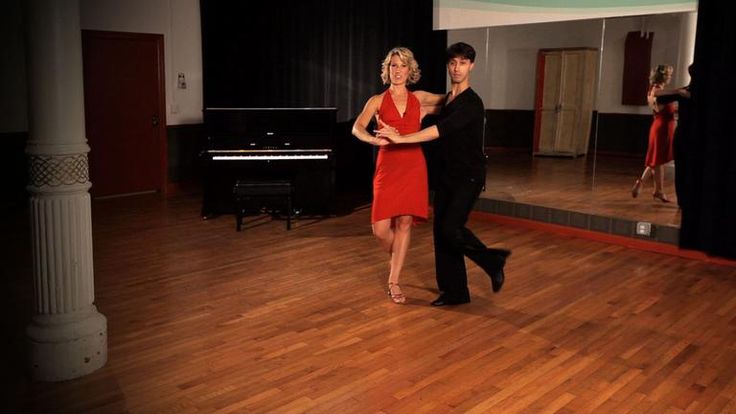 And among them choose the best - 1,2 and 3 place.
And among them choose the best - 1,2 and 3 place.
If you bought a cup of one dance, then the child dances together with everyone else one dance. If you're lucky, your child will get to the semi-finals, and then to the final. Usually 7 people remain in the final. 1st to 7th place.
First they dance program H3. These kids are coming early. When they complete their program and receive prizes, then, of course, they are going to go home. And at this time, the registration of children who will dance H4 is already underway.
If your child dances two programs, then you first register for H3, and when registration for H4 begins, then also for H4. Naturally, the child will have a different number. Don't forget to buy another ticket.
There is also a certification program "Six levels of mastery"
This is a system for assessing the dance skills of children 1-3 years of study. The smallest dancers (5-6 years old, 1st year of training are groups of preschoolers) participate in steps called baby-1 and baby-2.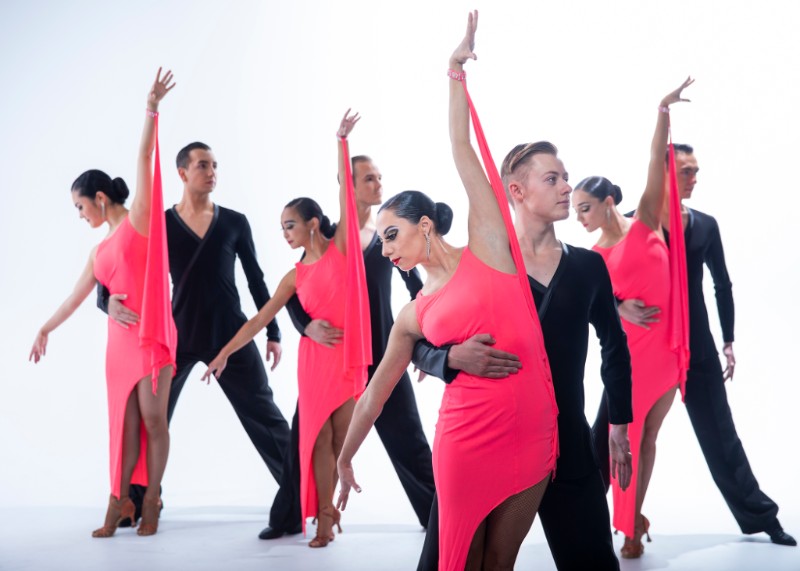 Older dancers (6 years and older) gradually pass from 1 to 6 levels of mastery.
Older dancers (6 years and older) gradually pass from 1 to 6 levels of mastery.
At the certification there are a number of rules and traditions that must be observed. Firstly, at the certification, a certain form of clothing was adopted - for girls it is a white leotard, a black skirt, flesh-colored tights or white socks and dancing shoes (from the 4th step it is allowed to dance in a rating dress), for boys - a white shirt with long sleeves , black trousers, black tie or bow tie, black socks and black dancing shoes. Hairstyle for girls - bun (other options are not allowed if the girl has a short haircut, all hair should be removed as much as possible with invisible hair clips and styling products), all hair should be collected in a hairstyle with varnish or other styling products (without glitter) and invisible hairpins. Clothing and hairpins should be free of jewelry and sequins. It is better to do your hair in advance, at home, so that you only need to fix it before the performance. Secondly, there is a tradition at certification - children give flowers to your coach. This happens before the start of each stage after the parade of participants. Therefore, you need to have a flower with you - since the coach is present at the certification from morning until evening, and there are usually a lot of students, it is better to give one flower with a slight smell and such that it does not wither. It will not be superfluous for those who pass the baby-1 or baby-2 or step 1 steps to bring some kind of flower container with them so that they do not wither until the evening (for example, a cut 5-liter water bottle) - this will be a manifestation respect for the coach. Thirdly, you must have 4 safety pins - precisely English, they are necessary for pinning the number, ordinary pins can injure the child. Fourthly, participation in certification is paid (usually it is 250-300 rubles per viewer and participant, and the participant pays this fee for each step).
Secondly, there is a tradition at certification - children give flowers to your coach. This happens before the start of each stage after the parade of participants. Therefore, you need to have a flower with you - since the coach is present at the certification from morning until evening, and there are usually a lot of students, it is better to give one flower with a slight smell and such that it does not wither. It will not be superfluous for those who pass the baby-1 or baby-2 or step 1 steps to bring some kind of flower container with them so that they do not wither until the evening (for example, a cut 5-liter water bottle) - this will be a manifestation respect for the coach. Thirdly, you must have 4 safety pins - precisely English, they are necessary for pinning the number, ordinary pins can injure the child. Fourthly, participation in certification is paid (usually it is 250-300 rubles per viewer and participant, and the participant pays this fee for each step).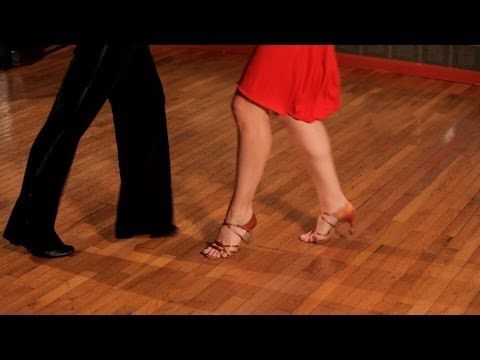 And lastly, the coach informs you in advance what time you need to arrive for registration. Attention! If you are late, you may not be registered, and the child will not be able to participate in the assessment. Plan your time in advance so that you arrive without delay.
And lastly, the coach informs you in advance what time you need to arrive for registration. Attention! If you are late, you may not be registered, and the child will not be able to participate in the assessment. Plan your time in advance so that you arrive without delay.
Where is certification held? Most often, certification takes place in the dance hall "Nika" (Kirovogradskaya street, 21a, nearest metro station "Prazhskaya"). You have arrived for certification, what should be done next? First of all, you need to pay a fee for participation in the assessment. Then you need to register. Lists of participants are posted next to the registration (look carefully for which stage the list is posted, sometimes registration is delayed). You need to find your child's name and number in the list. You name this number and the number of the school at registration. If you suddenly did not find your last name on the list, you need to go to registration and simply give the last name and first name of the child, the team and the last name of the coach.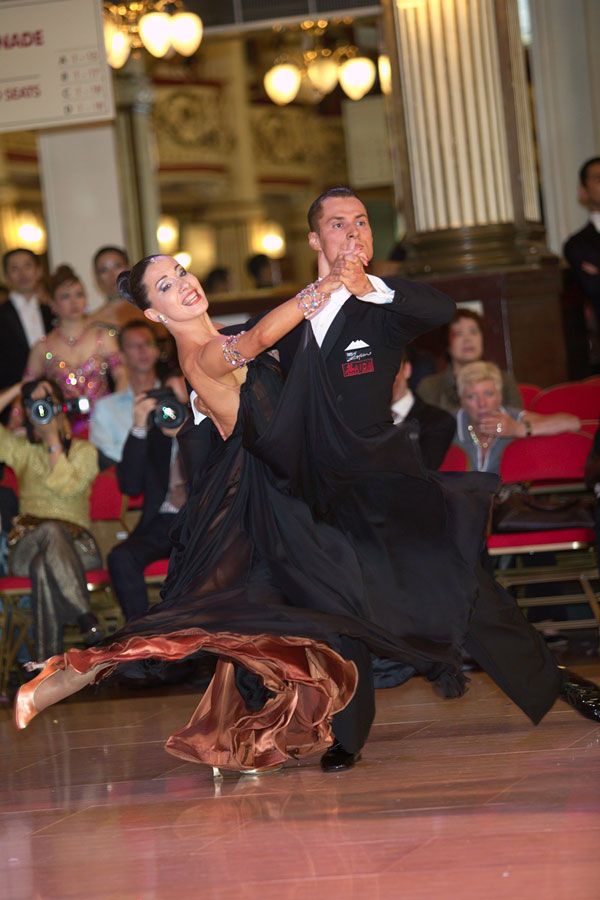 The person registering you usually asks for the last name of the child, be careful. As your child is registered, his name and surname will be written on the diploma. After that, you will be given a number. It needs to be pinned on the child's back. In the hall, try to be close to the coach and other children and parents from your club so as not to miss the parade of participants and the warm-up (children are given the opportunity to repeat the dances before the performance). All children are dressed the same, look the same from the back. Be careful not to lose the child in the crowd))). After the end of the performance, you need to quickly remove the number and give it to the coach.
The person registering you usually asks for the last name of the child, be careful. As your child is registered, his name and surname will be written on the diploma. After that, you will be given a number. It needs to be pinned on the child's back. In the hall, try to be close to the coach and other children and parents from your club so as not to miss the parade of participants and the warm-up (children are given the opportunity to repeat the dances before the performance). All children are dressed the same, look the same from the back. Be careful not to lose the child in the crowd))). After the end of the performance, you need to quickly remove the number and give it to the coach.
What dances are performed at the assessment?
Program "Dance Planet of Childhood":
Stage I (baby-1) - children's polka, ducklings, disco
Stage II (baby-2) - slow waltz, Berlin polka, disco
Program 6 mastery levels, the following dances are performed:
Stage I - slow waltz, cha-cha-cha and polka.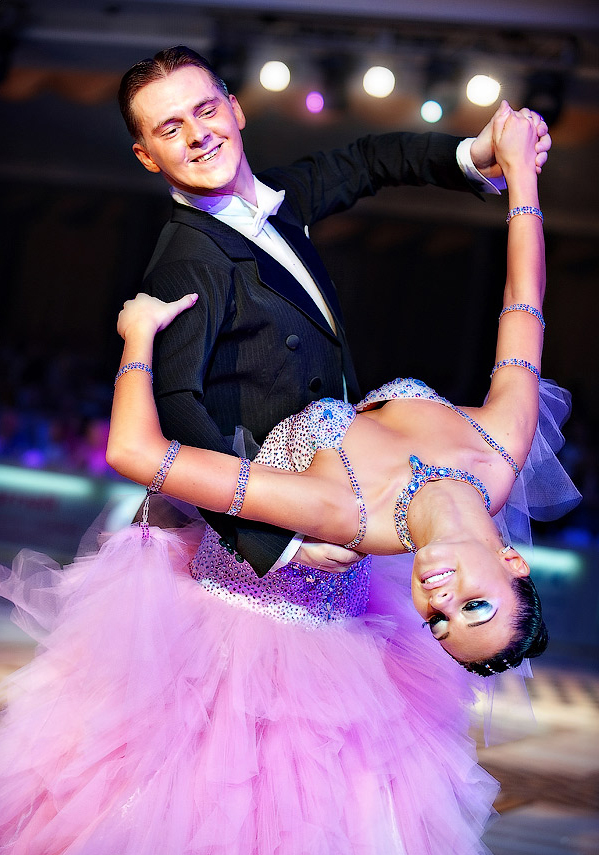
Stage II - slow waltz, samba, cha-cha-cha, disco
Stage III - slow waltz, samba, cha-cha-cha, disco
Stage IV - slow waltz, rhythmic foxtrot, samba, cha-cha-cha, jive
Stage V - slow waltz, quickstep, samba, cha-cha-cha, jive
Stage VI - slow waltz, quickstep, samba, cha- cha-cha, jive
You can see which figures are performed at which steps here...
What is the grading system for attestation?
At the attestation, marks are given by 5 judges. Competitive attestation participants are evaluated on a 5-point system.
Score:
1 point - the participant does not dance the competitive program
2 points - dances the competitive program, but not in accordance with the musical rhythm
3 points - does not dance the competitive program to the music corps.
4 points - dances to the music, keeps the lines of the body, but technically does not accurately perform the figures.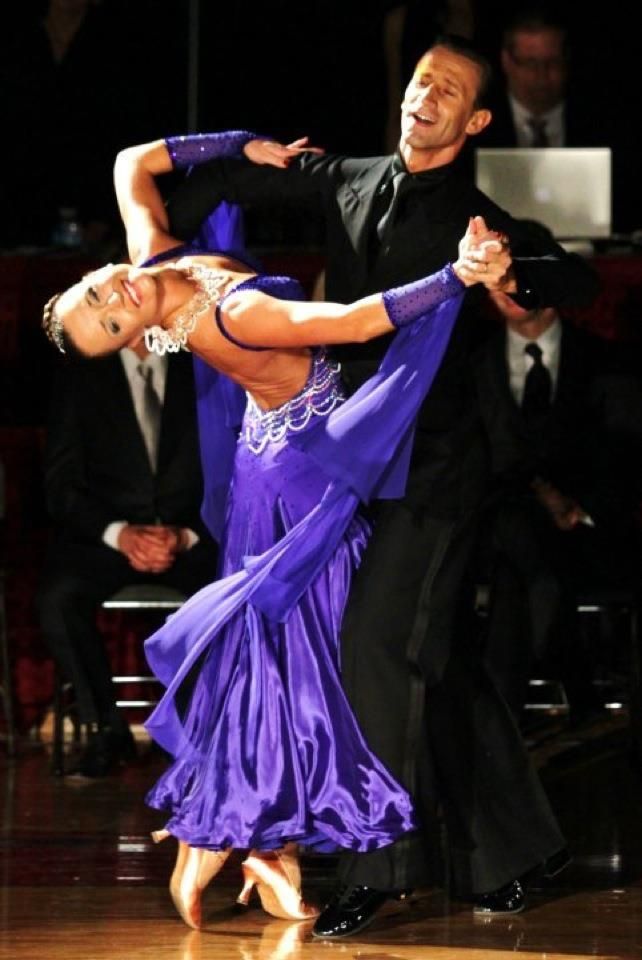
5 points - dances to the music, holds the lines of the body, performs the figures technically correctly.
I want to dance. 10 misconceptions about dancing
The desire to learn how to dance is natural and natural in the modern world. You can list the reasons, starting with obvious and popular pragmatic desires, for example, to start moving or losing weight, ending with unconscious and even existential ones.
This is due to the fact that dances are at the subtle intersection of the inner and outer worlds, physical and spiritual. Above this, music becomes a driver that cannot leave anyone indifferent.
In dancing, there is magic inside a person, which is not always noticeable when viewed from the side. At the initial stage, it is the external picture that attracts to dances, and sometimes repels, as it seems too frivolous and superficial.
But there are even stronger obstacles that stop many people from starting dancing.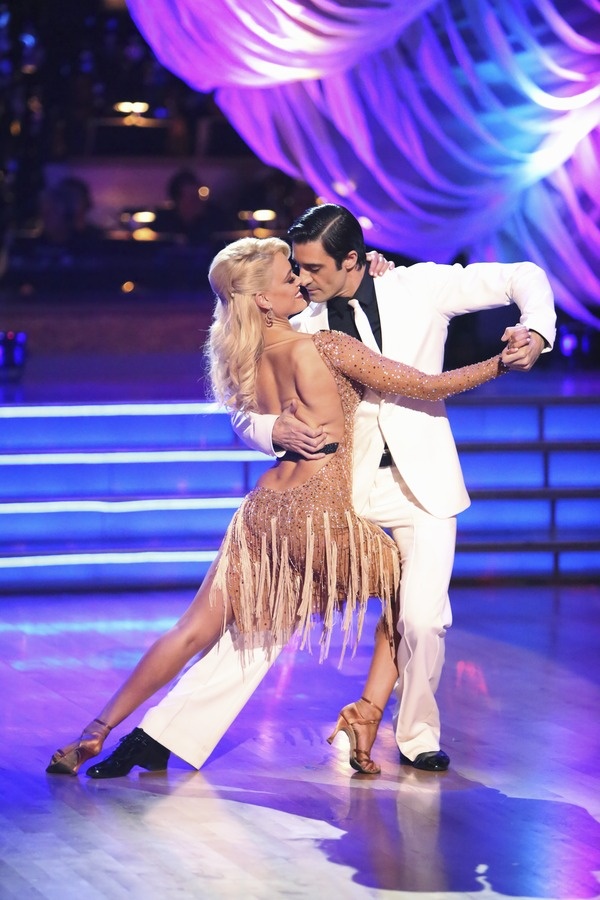 These illusions and delusions roam the minds of the majority, and are often afraid to ask about them directly, or they ask the question about it so often that they are no longer ready to hear an honest direct answer. I will try to do it in this article.
These illusions and delusions roam the minds of the majority, and are often afraid to ask about them directly, or they ask the question about it so often that they are no longer ready to hear an honest direct answer. I will try to do it in this article.
There are many examples of contemporary dance instructors sharing their thoughts about not expecting to be in the dance industry. Once upon a time there was a man and was engaged in adult, serious business. Sometimes even very serious. A person could have children and even grandchildren. I saw dances only on stage or on TV. For reasons unknown to himself, he ended up in dances. At first, everything seemed like entertainment and a useful pastime. But time has passed, and a person catches himself thinking that he thinks about dancing not just every day, but really all the time. A couple of years pass, and he already becomes a teacher or organizer of some event.
A similar path can start at 15 or 55 years old.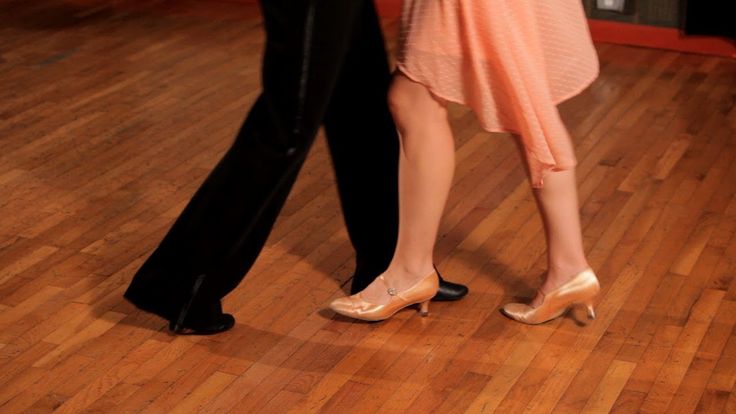 The only difference will be in the self-perception of the starting stage, that it’s too late to dance. In fact, for each age there is its own dance direction, which can reveal it to the greatest extent at this stage. Hip-hop or breaking is closer to children and teenagers, and Argentine tango is closer to adults. It's never too late to start dancing. You need to make the right choice of dance style based on several parameters: age, gender, music, goal. There is a dance direction for any arrangement.
The only difference will be in the self-perception of the starting stage, that it’s too late to dance. In fact, for each age there is its own dance direction, which can reveal it to the greatest extent at this stage. Hip-hop or breaking is closer to children and teenagers, and Argentine tango is closer to adults. It's never too late to start dancing. You need to make the right choice of dance style based on several parameters: age, gender, music, goal. There is a dance direction for any arrangement.
Misconception 2: men don't dance
Our culture has a number of restrictions related to dancing. Most of these causes are psychological and lie outside the realm of rational reasoning.
First, in our culture, in principle, dancing for pleasure or self-expression appeared relatively recently. 20-30 years ago dance clubs were only for children. To start dancing even in adolescence was considered exotic.
Secondly, the aesthetics of the body in our country for men is not in the focus of attention. In general, this can be attributed to the fact that Russian men try hard not to draw attention to their appearance and clothing. Men in our country use other tools for this.
In general, this can be attributed to the fact that Russian men try hard not to draw attention to their appearance and clothing. Men in our country use other tools for this.
Third, dancing is associated with entertainment and alcohol. If a man feels serious and respectable, then he either does not have time or desire for this.
Nowadays the general cultural background has changed and the result is that men are learning to dance. It becomes as much a sign of masculinity as clothing, hair or beard.
Unfortunately, many misconceptions remain even among those who have already started dancing. Dance teachers do not always pay attention to this, as it seems to them that this is a matter of course.
Fallacy 3: special training is needed
For an outside observer, there is always a cognitive dissonance about what dance is. What he sees on the big stage in the form of a show with sweeping movements and splits is obviously dancing. Breakers doing unimaginable elements in the air and on their hands, competing with each other, also seem to be dancing. Pensioners in the park waltz. Dancing again, but for some reason everyone is so different. How to understand that this is a dance, and what physical criteria should be in the body.
Breakers doing unimaginable elements in the air and on their hands, competing with each other, also seem to be dancing. Pensioners in the park waltz. Dancing again, but for some reason everyone is so different. How to understand that this is a dance, and what physical criteria should be in the body.
In fact, any self-expression through the body to music can be attributed to dance. There are a number of reservations, but they are not essential. For self-expression, a person uses the set of plastics that he has. Subtlety and technique do not depend on extreme ways of self-expression, and it often happens that splits and somersaults interfere with a meaningful dance. The development of plasticity and the expansion of the body's capabilities are part of the preparation of the dancer, but not an end in itself.
Fallacy 4: You must learn to dance in pairs
In couple dancing, the final learning outcome is that the couple dances at a party.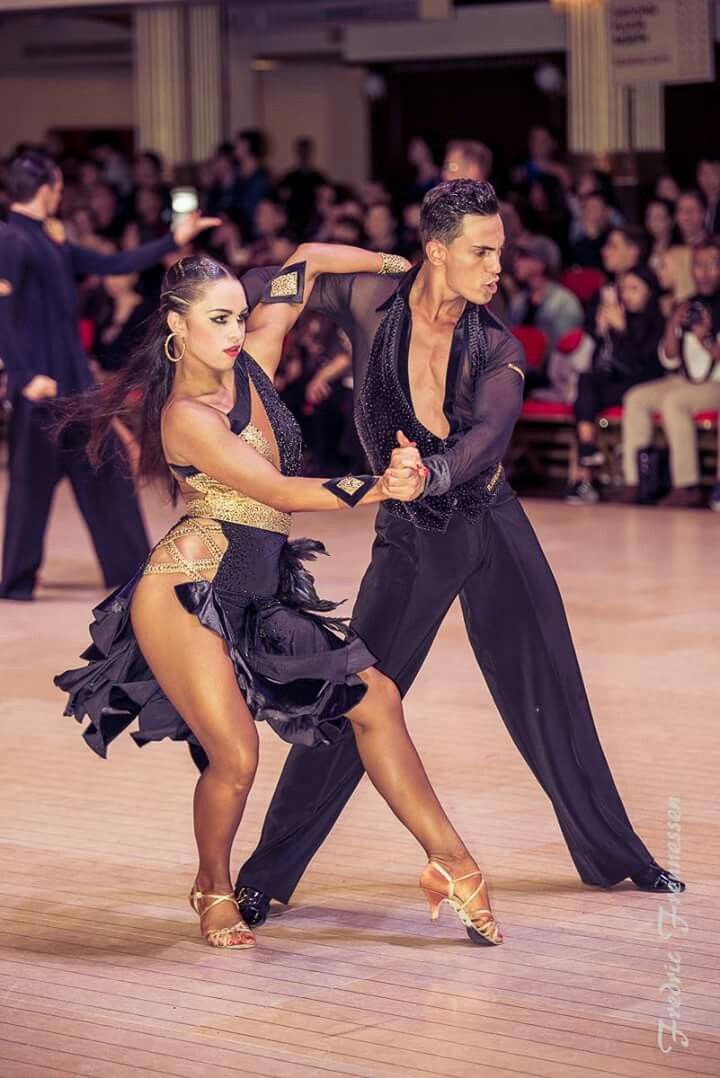 It would seem that you should always train together to get the desired result. This is not true. Let's take an example from boxing. An indicator of a boxer's skill is a fight with an opponent, but this does not mean that he constantly has to fight. Also, the ability to dance is built on the possession of one's own body and the ability to interact.
It would seem that you should always train together to get the desired result. This is not true. Let's take an example from boxing. An indicator of a boxer's skill is a fight with an opponent, but this does not mean that he constantly has to fight. Also, the ability to dance is built on the possession of one's own body and the ability to interact.
The skill of the teacher is the correct selection of methods so that the student masters the skill. Based on the skill, you can engage in creativity and self-expression in dance. Not everyone knows, but it is no coincidence that almost all social dance dancers have a serious dance background, which is based on the development of individual techniques.
The same can be attributed to the interaction in a pair. The ability to separate in oneself the one who leads and the one who follows the lead is impossible within the framework of studying the sequence of movements in pairs. For this, there are special exercises that make the skill more versatile.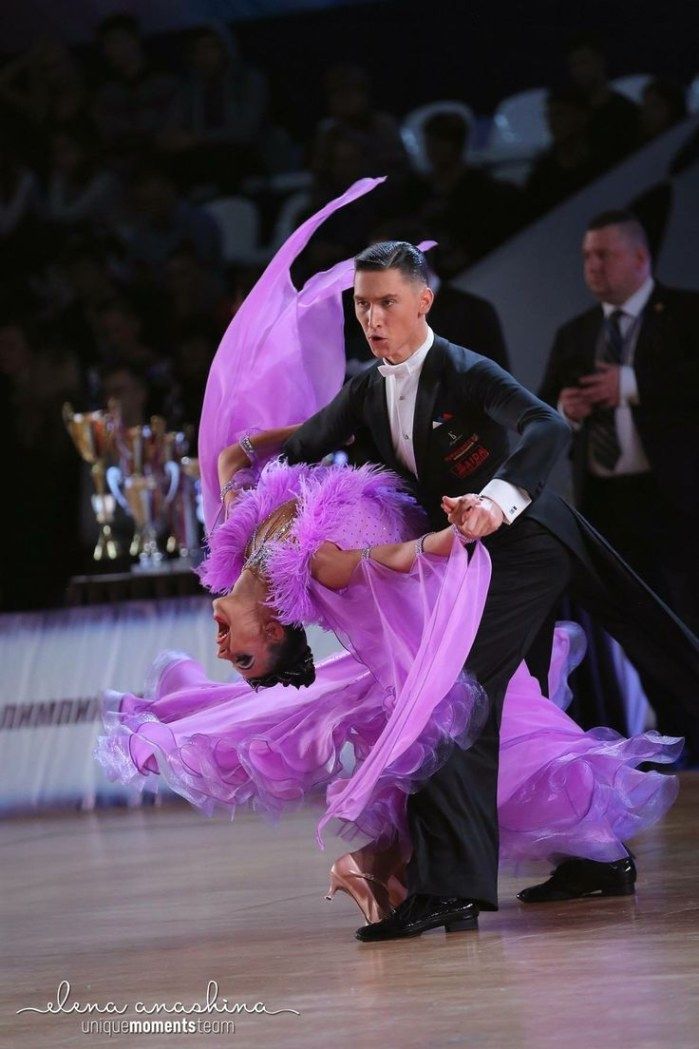 For this, the presence of a permanent couple is not necessary, as well as the regular presence of a partner in general.
For this, the presence of a permanent couple is not necessary, as well as the regular presence of a partner in general.
IMPORTANT! You can’t experiment at a party, and everything should be in its place there: men dance with women.
Getting rid of illusions is a complex internal process. If you leave them to yourself, you can even get the opposite result.
Misconception 5: plastique and stretching are obligatory attributes of dance
Much depends on the genre of dance that you want to master. In previous articles, I have already mentioned that different dance styles are suitable for different ages. It is appropriate to dance hip-hop in adolescence or youth, Argentine tango is a more adult dance, it is important to enter classical choreography at a young age.
The degree of necessary plasticity and sensitivity to the dance direction also correlates. For example, breaking requires great physical effort and dexterity. Elements are built on acrobatics and high speed of execution. Who are they more suitable for? Obviously young people.
Who are they more suitable for? Obviously young people.
There is a lot of interaction in salsa. It is necessary to feel the partner subtly, to be able to show a variety of figures and elements. Twine or acrobatics are completely inappropriate here. However, a variety of ways to show oneself are required. Accordingly, the dance is youthful, but not at all childish.
The older the dance, the less stretching or acrobatics is required. The main emphasis is on the quality of technology, the variety of ideas and the ability to show plasticity.
Misconception 6: Mirrors are necessary for learning
There is a set of instruments that dancers use to learn how to dance. The fact is that the dancer needs to receive feedback on how his movements look from the side. It is impossible to dance and see yourself from the side at the same time. The most common tool is a mirror. But not the only one.
Like any auxiliary tool, mirrors have positive and negative effects.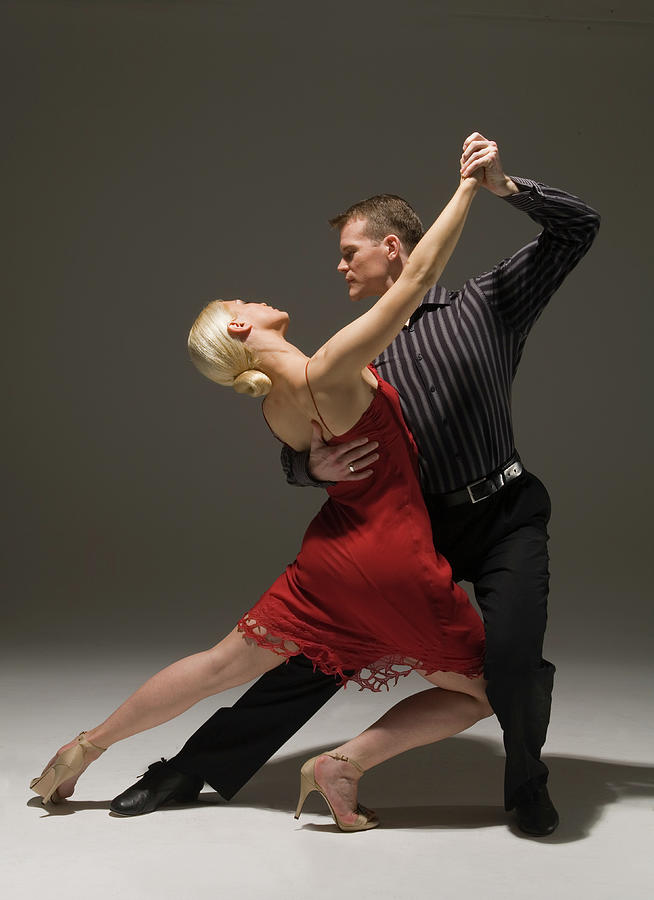 The positive is that they can receive feedback in real time and technically it is not very difficult. The downside can be dependence on mirrors. A situation where a dancer cannot capture the feeling of dancing, such as on stage or at a party. For these purposes, you can use, among other things, video filming or proper preparation.
The positive is that they can receive feedback in real time and technically it is not very difficult. The downside can be dependence on mirrors. A situation where a dancer cannot capture the feeling of dancing, such as on stage or at a party. For these purposes, you can use, among other things, video filming or proper preparation.
In many countries in Latin America, dance classrooms are not equipped with mirrors. Classes are held in bars or large halls. The dancers initially form the skill of focusing on the inner sensation, and not the habit of looking for their reflection in the mirror with their eyes.
Misconception 7: there is a lot of obsceneness in dancing
A common question from novice dancers who are taking their first steps in more contact couple dances is “in order to dance cool, there must be passion inside the couple?”. I immediately answer that no, not necessarily. Kizomba, bachata and Argentine tango attract many with their close contact.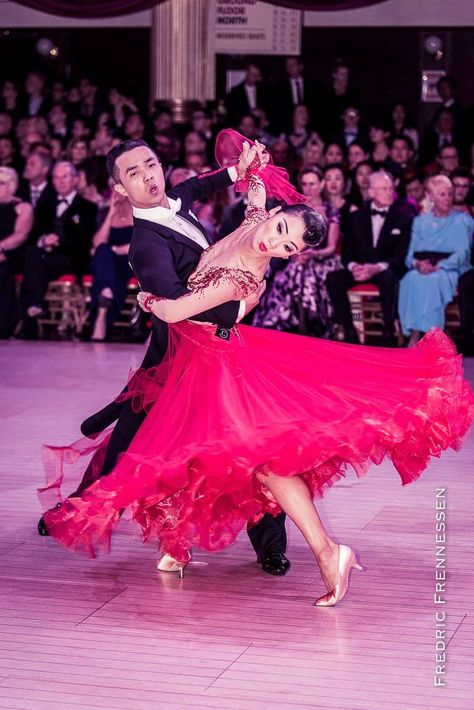 Like any other contact in our everyday life, in dances, contact can be different. We hug friends, parents, children. These hugs can wear many different shades. Sexual overtones are one of many.
Like any other contact in our everyday life, in dances, contact can be different. We hug friends, parents, children. These hugs can wear many different shades. Sexual overtones are one of many.
The culture of dance also includes the boundaries of what is acceptable. A compliment from a well-mannered person is different from a statement about female sexuality by a gopnik. Usually, those who study at a dance school already have an idea of what boundaries should not be crossed. A good dance from a technical point of view will never look vulgar or vulgar.
Dancers always have a choice about the boundaries of contact. Most prefer to leave a good impression of themselves, as word spreads just as fast in the dance world.
Misconception 8: the best dancers are the bearers of culture
Even the very question of the origin of this or that dance can be paradoxical and ambiguous, especially when it comes to its development and performance.
For example, the Viennese waltz did not originate in Vienna, but in Germany. Salsa has its main roots in the USA, not in Cuba. The famous Greek folk dance sirtaki was invented for the film Zorba the Greek and appeared only in 1964.
The same can be attributed to the development of modern dance styles. Korea is known for its world-leading break dancers. People go to Turkey for Argentine tango, Spain is strong with excellent salsa and bachata dancers, in Egypt, Russians are considered the best belly-dance performers.
A good dance is based on quality training and diligence. Skin color, place of birth and age are secondary. Exotic appearance, unfortunately, is often a reason to be more superficial about one's own professional development. This becomes the reason for the low level of teaching among the bearers of culture. I am sure that few readers of this post will be ready to conduct a master class in Russian folk dance outside of Russia.
The mastery of mastering and teaching a particular style does not depend on the dancer's homeland. And "they absorbed the dance with their mother's milk" is nothing more than a common misconception.
And "they absorbed the dance with their mother's milk" is nothing more than a common misconception.
Misconception 9: You have to know a lot of moves to learn how to dance
Focusing on learning a lot of moves often detracts from the essence of dance. Of course, the sequence of figures is important. Especially at the start. Over time, the dancer should have an understanding of how movements can be generated independently. Accordingly, instead of memorizing millions of figures, you can understand how to create them.
From every system of improvisation that a dancer can use as an instrument, dozens, hundreds or thousands of variations are derived. This frees the head from trying to reproduce the exact sequence and definitely adds freedom in the performance of the dance.
The huge theme of musicality can be attributed to the same question. Not every pre-conceived or learned sequence will fit specific music. The dance should give freedom, and not drive the dancer into the shell of the ropes.
Misconception 10: dancing is homosexual
The unusually high attention to the body and flair from stories about professional ballet led to the spread of this myth, among other things. Unfortunately, such an idea still exists in the minds of our fellow citizens.
The dance industry is now very broad and is represented by many dance styles. Some of them can even be called homophobic. Dances reflect the general attitude to the world and it is different depending on the life position and worldview of a person.
In many dances there is contact between the dancers. In Russia, dance contact between men has always been perceived very intensely. In most other countries it is different. An example of the fact that this tension is associated only with the dance theme and does not apply to other areas is, for example, wrestling. When practicing techniques, men are in much closer contact with each other. Sometimes lying on the floor and holding each other tightly.

